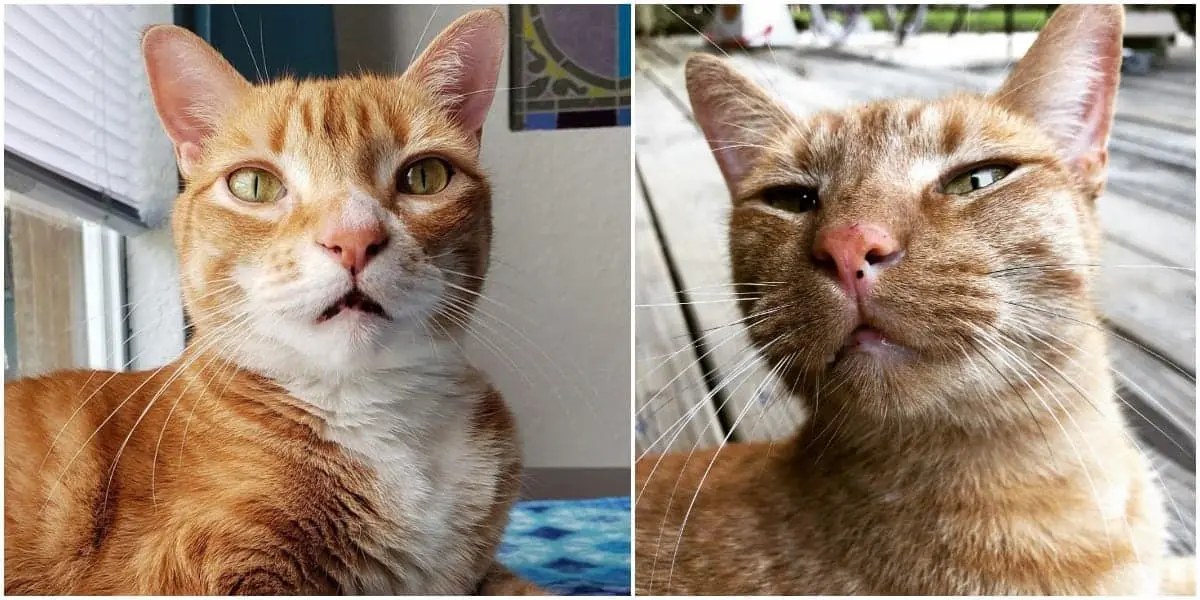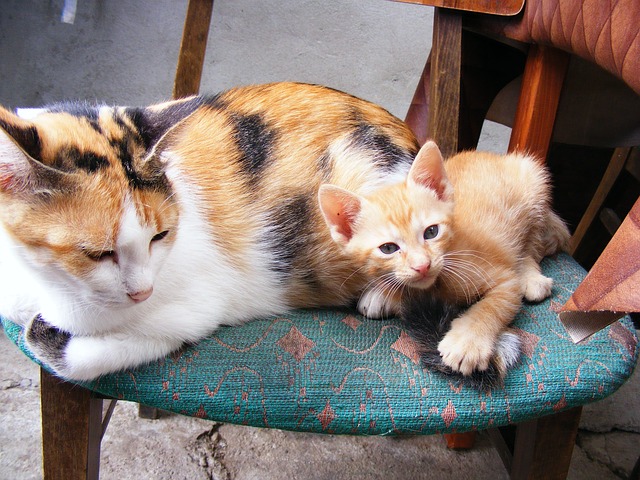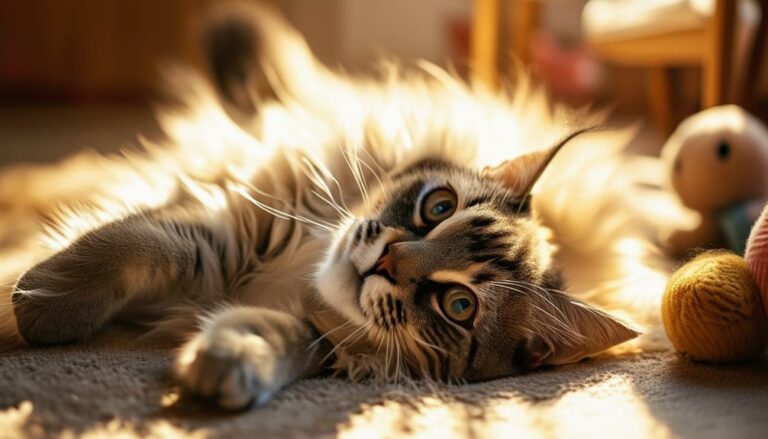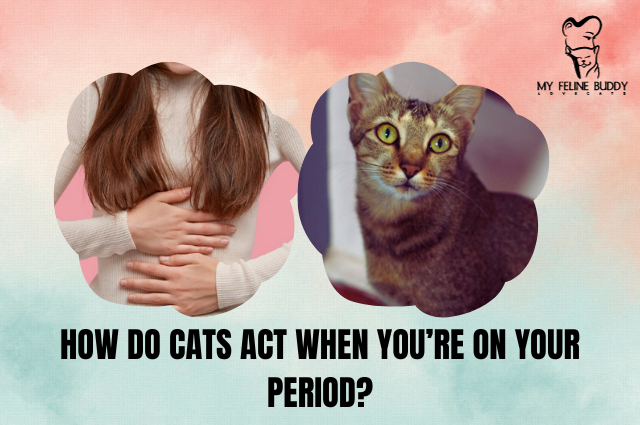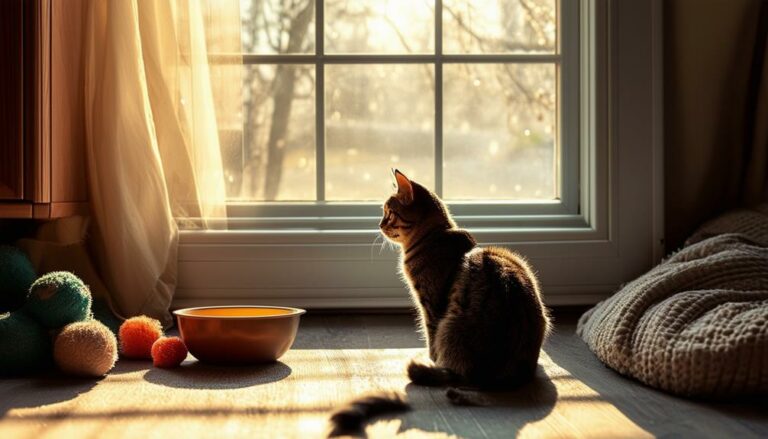Cat Freckles: Why Kitties Get Them And What It Means
Have you ever noticed tiny, dark spots appearing on your
These are
While they can be quite common, especially in certain breeds like Siamese and Abyssinians, there’s more to these freckles than meets the eye.
Understanding what causes these spots and whether they pose any importance for any
But what should you be looking out for, and when is it time to consult a vet? Let’s explore this curious phenomenon further.
What Are Cat Freckles?
Cat freckles, also known as lentigo, are small, flat, pigmented spots that often appear on a
These spots can range in color from light brown to black and may increase in number and size as your
They’re usually harmless and are more common in certain breeds, such as Siamese, Abyssinians, and domestic shorthairs, especially those with orange or cream-colored fur.
You might notice these freckles gradually appearing as your
They typically don’t cause any discomfort or health issues for your furry companion.
However, it’s a good idea to monitor them for any changes in size, shape, or color, as these could indicate other underlying conditions.
When you spot these freckles, there’s no need to worry.
They’re a normal part of your
Understanding what
Causes of Cat Freckles
Lentigo in cats is primarily caused by an increase in the number of pigment-producing cells called melanocytes. These cells are responsible for producing melanin, the pigment that gives color to your
When melanocytes cluster together, they form small, dark spots known as freckles. This condition is particularly common in orange, calico, and tortoiseshell cats, although cats of any color can develop freckles.
You might notice these freckles appearing on your
While the exact cause of this increase in melanocytes isn’t fully understood, it’s believed to be influenced by genetics.
If your
Age also plays a role, as freckles often become more noticeable as your
However, these spots typically appear in cats who are at least one to two years old.
It’s important to remember that freckles are a natural part of your
Are Cat Freckles Harmful?
Despite their appearance,
These small, dark spots, often found on a
Most commonly, they appear in orange or light-colored cats and are medically referred to as lentigo simplex.
It’s crucial to mention that these freckles are not cancerous and don’t pose a health risk to your kitty.
Here’s a quick overview to help you understand more about
| Aspect | Details |
|---|---|
| Appearance | Small, flat, dark spots |
| Common Locations | Lips, nose, gums |
| Affected Cats | Often in orange or light-colored kitties |
| Medical Term | Lentigo simplex |
| Health Risks | Generally none |
While it might be a little startling to see these spots appear, rest assured that they are a normal part of your
You don’t need to worry about these freckles unless you notice significant changes in their size, shape, or color, which could indicate other issues.
For now, enjoy your
Monitoring Your Cat ‘s Freckles
While
Regular monitoring will help you spot any remarkable developments early, making certain your kitty stays healthy.
Begin by examining your
Use a gentle touch to avoid causing any discomfort and make it a routine part of your pet care.
Tracking these freckles over time can be simple.
You might take photos monthly from the same angle and lighting, which allows you to compare them easily.
Note any changes in a journal or on your phone, detailing the date and any specific observations.
If you notice that a freckle has grown noticeably, changed color, or developed an irregular border, it’s good to have a record of when these changes first appeared.
Consistency in your monitoring helps build a clear picture of your
Also, keep in mind that freckles can appear on various parts of your
Being thorough ensures you won’t miss anything. Regular checks can make a big difference in maintaining your
When to See a Vet
If you notice any significant changes in your
While freckles, or lentigo, are usually harmless, sudden alterations in size, shape, or color can indicate underlying health issues.
Keep an eye out for freckles becoming raised, bleeding, or developing irregular borders, as these could be signs of skin cancer or other conditions.
During the vet visit, make sure to mention any other symptoms your
The vet might perform a biopsy or other tests to determine if the freckles are benign or if they require further treatment.
Don’t wait too long to consult a professional, as early detection is important for effective treatment. Regular check-ups can also help monitor any changes over time, ensuring your
Conclusion
To summarize,
If you notice anything unusual, schedule a vet visit for a thorough check-up. By staying vigilant, you can make sure your
